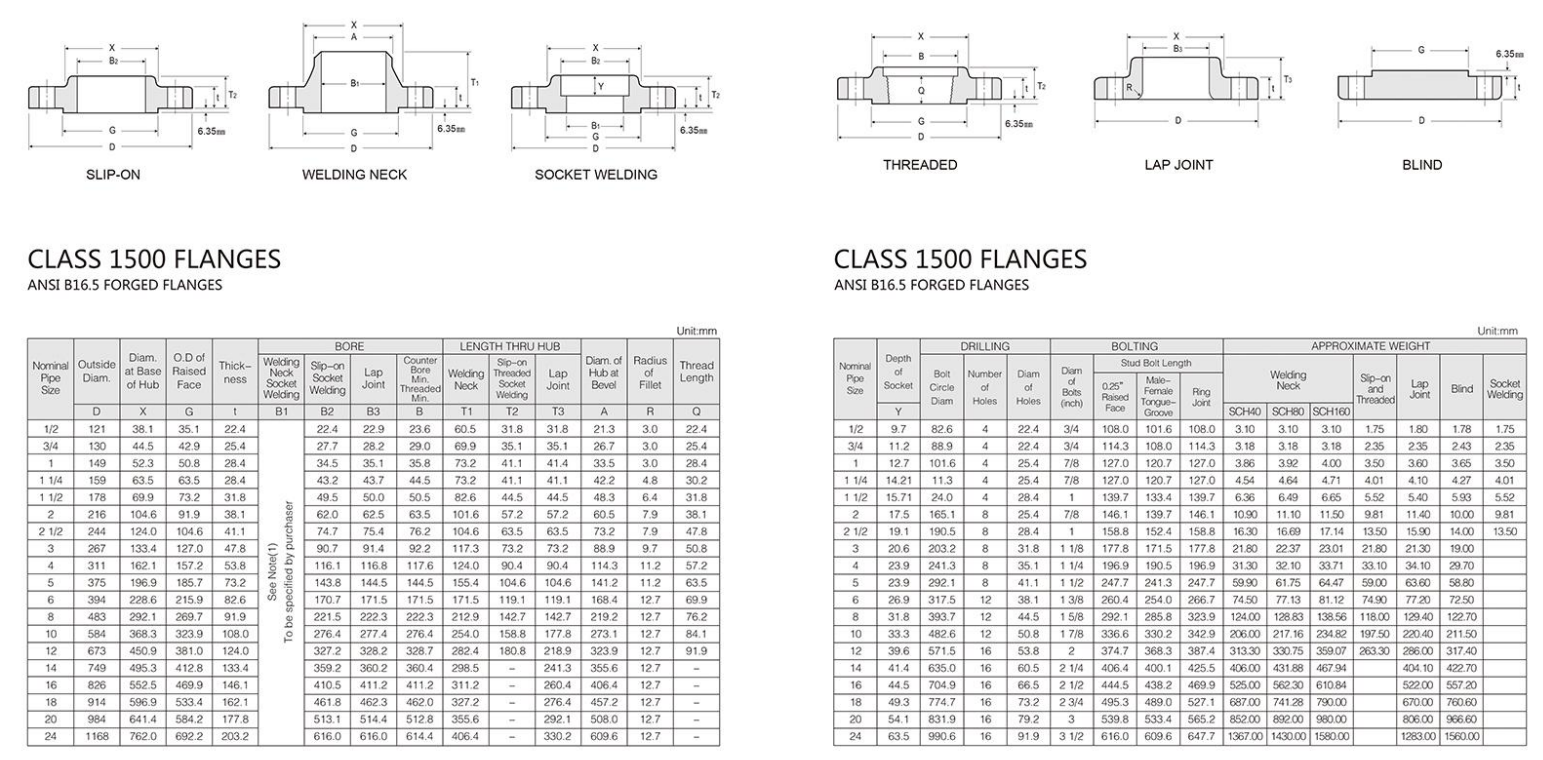-
Cangzhou Yulong Steel Co., Ltd.
-
Phone:
+86 13303177267 -
Email:
admin@ylsteelfittings.com
- English
- Arabic
- Italian
- Spanish
- Portuguese
- German
- kazakh
- Persian
- Greek
- French
- Russian
- Polish
- Thai
- Indonesian
- Vietnamese
- Zulu
- Korean
- Uzbek
- Hindi
- Serbian
- Malay
- Ukrainian
- Gujarati
- Haitian Creole
- hausa
- hawaiian
- Hebrew
- Miao
- Hungarian
- Icelandic
- igbo
- irish
- Japanese
- Javanese
- Kannada
- Khmer
- Rwandese
- Afrikaans
- Albanian
- Amharic
- Armenian
- Azerbaijani
- Basque
- Belarusian
- Bengali
- Bosnian
- Bulgarian
- Catalan
- Cebuano
- China
- China (Taiwan)
- Corsican
- Croatian
- Czech
- Danish
- Esperanto
- Estonian
- Finnish
- Frisian
- Galician
- Georgian
- Kurdish
- Kyrgyz
- Lao
- Latin
- Latvian
- Lithuanian
- Luxembourgish
- Macedonian
- Malgashi
- Malayalam
- Maltese
- Maori
- Marathi
- Mongolian
- Myanmar
- Nepali
- Norwegian
- Norwegian
- Occitan
- Pashto
- Dutch
- Punjabi
- Romanian
- Samoan
- Scottish Gaelic
- Sesotho
- Shona
- Sindhi
- Sinhala
- Slovak
- Slovenian
- Somali
- Sundanese
- Swahili
- Swedish
- Tagalog
- Tajik
- Tamil
- Tatar
- Telugu
- Turkish
- Turkmen
- Urdu
- Uighur
- Welsh
- Bantu
- Yiddish
- Yoruba

юли . 29, 2024 02:20 Back to list
Types of Seamless and Welded Pipes for Various Industrial Applications and Their Unique Benefits
Seamless and Welded Pipe A Comprehensive Overview
When discussing piping options in engineering and manufacturing, two predominant types come to mind seamless pipes and welded pipes. Each type has its distinct characteristics, advantages, and applications, making them suitable for different industries and uses.
What Are Seamless Pipes?
Seamless pipes are manufactured using a solid round steel billet, which is heated and pushed or pulled over a form until the steel is shaped into a hollow tube. This process eliminates the need for welding, resulting in a pipe that is stronger and capable of withstanding higher pressure. The seamless construction makes these pipes ideal for high-stress applications where integrity and reliability are paramount.
One of the primary advantages of seamless pipes is their uniform strength. Since there are no welds, the material is continuous, providing better resistance to various forces. This makes them particularly useful in industries such as oil and gas, chemical processing, and power generation, where pipes are often required to endure extreme pressure and temperature conditions. Additionally, seamless pipes have a smooth interior surface, which aids in the efficient flow of fluids and reduces the risk of deposits building up over time.
What Are Welded Pipes?
Welded pipes, on the other hand, are created by rolling a sheet of steel into a cylindrical shape and welding the edges together. This method allows for easier production, which often results in lower manufacturing costs. Welded pipes can be produced in a variety of diameters and wall thicknesses, making them versatile for various applications.
While welded pipes may not possess the same level of strength as seamless pipes, advancements in welding technology have significantly improved their performance. Modern welded pipes undergo rigorous testing to ensure they meet the necessary quality standards, and they can be suitable for many applications, including structural projects, water supply systems, and gas distribution networks.
seamless and welded pipe

Comparing Seamless and Welded Pipes
When choosing between seamless and welded pipes, there are several factors to consider
1. Cost Welded pipes are generally less expensive to produce due to the simpler manufacturing process. This makes them an attractive option for projects with budget constraints.
2. Strength and Durability Seamless pipes are typically stronger and more durable, making them preferable for high-pressure applications. In contrast, welded pipes can be susceptible to weaknesses at the weld seam, which may require careful consideration in critical applications.
3. Applications Seamless pipes are ideal for industries that require high-pressure capabilities, while welded pipes are often used in low to medium-pressure applications and structural projects.
4. Manufacturing Speed Welded pipes can be produced more quickly due to their manufacturing method, allowing for faster project completion in some cases.
Conclusion
In summary, both seamless and welded pipes have their unique advantages and applications. The choice between them ultimately depends on the specific requirements of the project, including budget, required strength, and application conditions. Understanding these factors enables engineers and manufacturers to make informed decisions that enhance productivity and safety in their operations. As industries continue to evolve, both piping options will remain vital in ensuring the integrity and efficiency of countless systems worldwide.
Latest news
-
ANSI 150P SS304 SO FLANGE
NewsFeb.14,2025
-
ASTM A333GR6 STEEL PIPE
NewsJan.20,2025
-
ANSI B16.5 WELDING NECK FLANGE
NewsJan.15,2026
-
ANSI B16.5 SLIP-ON FLANGE
NewsApr.19,2024
-
SABS 1123 FLANGE
NewsJan.15,2025
-
DIN86044 PLATE FLANGE
NewsApr.19,2024
-
DIN2527 BLIND FLANGE
NewsApr.12,2024
-
JIS B2311 Butt-Welding Fittings LR/SR 45°/90° /180°Seamless/Weld
NewsApr.23,2024










